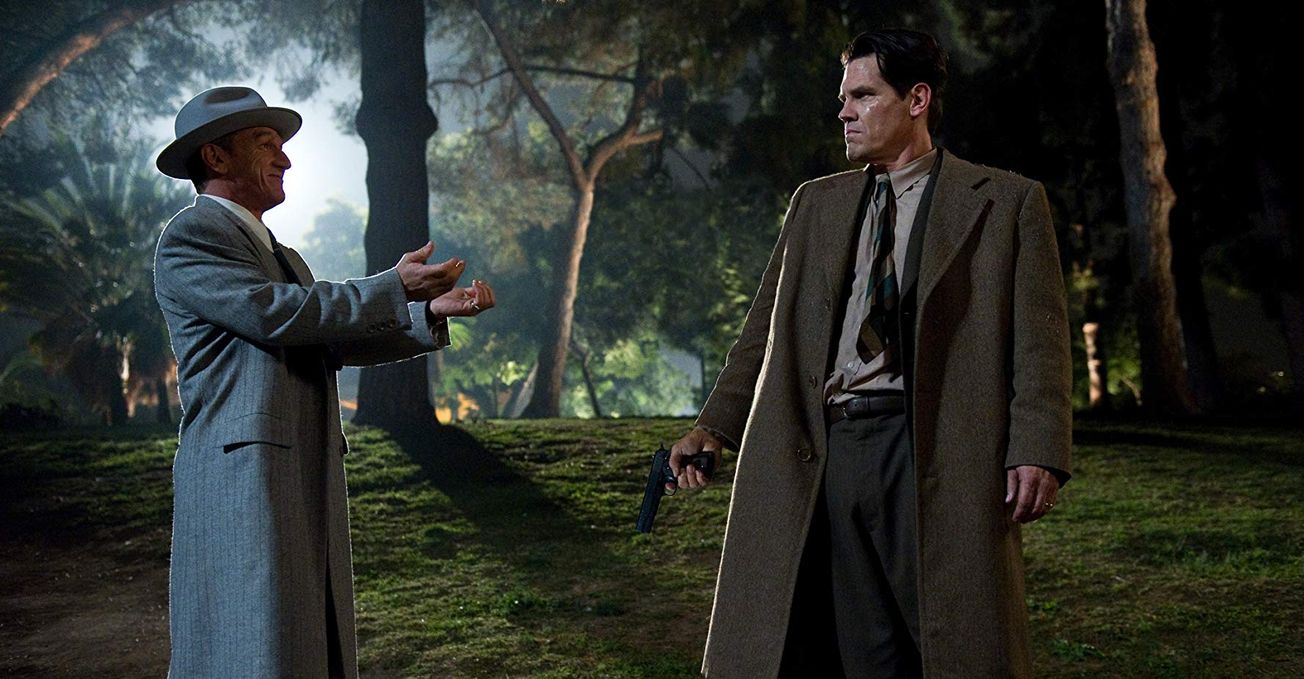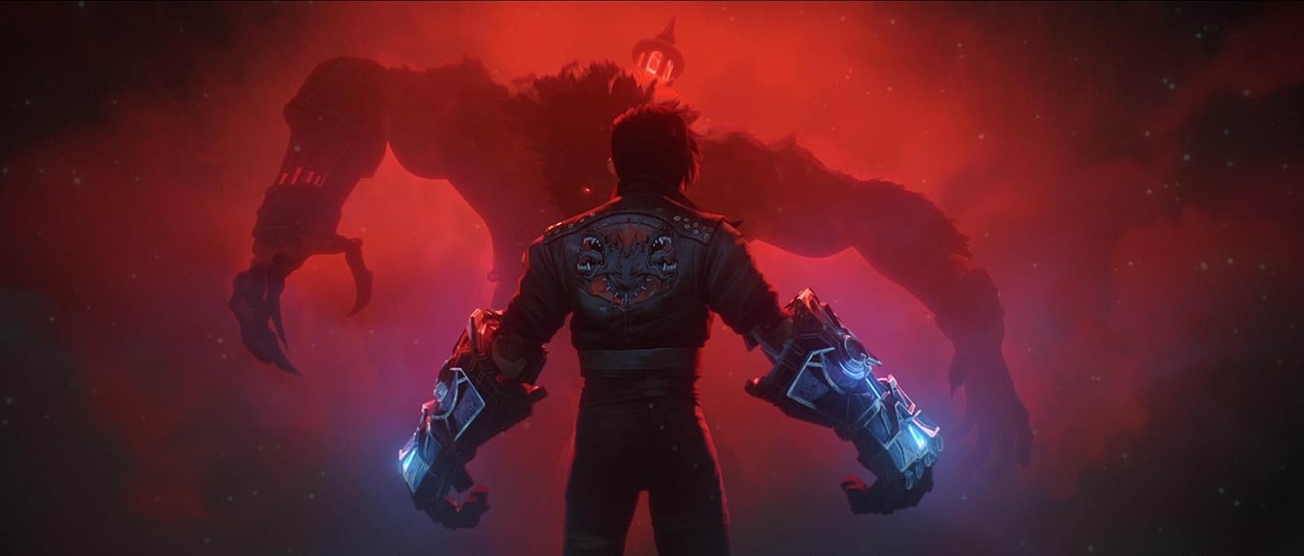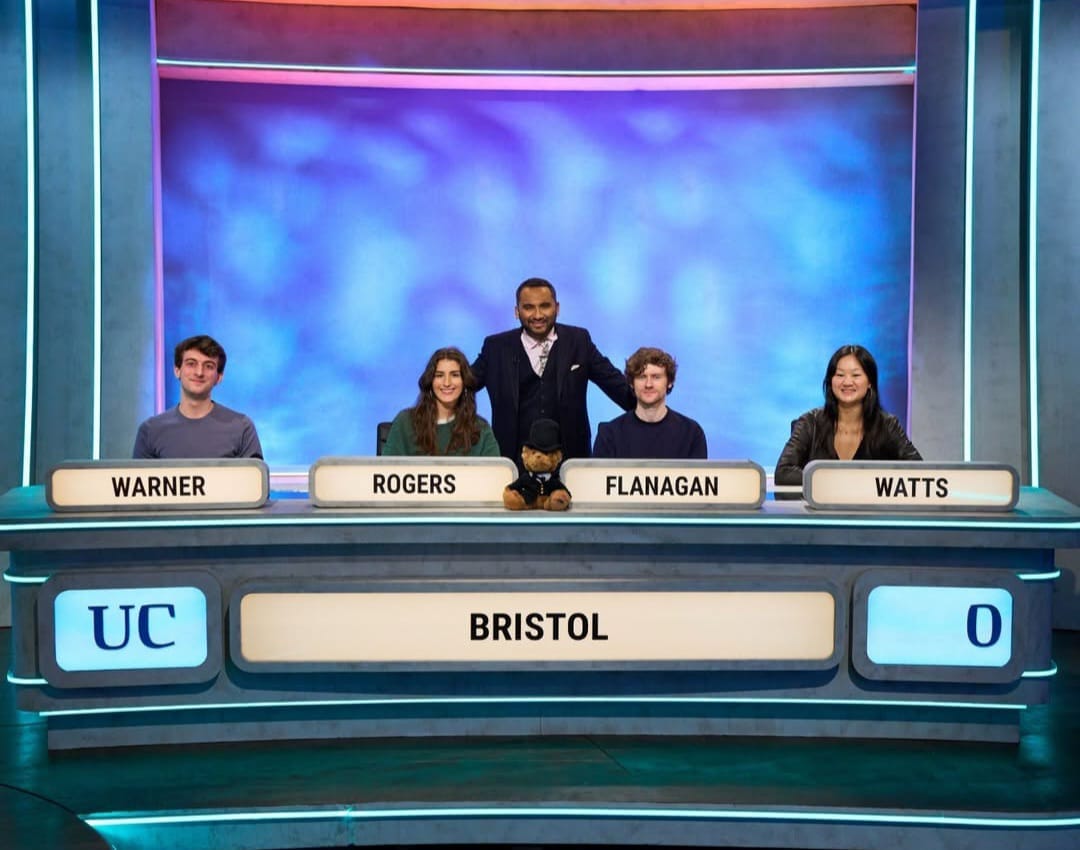By Ella Wignell, First Year Film & English
As part of our Violence in Film series, Ella Wignell asks whether films should have to edit out scenes resembling recent acts of real-life violence.
Should filmmakers edit out scenes of violence after real life events? It is a hotly debated topic. Of course, when tragedy strikes in everyday life, the obvious reason to scrap scenes from a feature is out of respect for those involved in traumatic events and to avoid presenting what they endured as a glorified piece of entertainment. Despite violence being weaved into the fabric of so many genres - drama, action, adventure, horror, fantasy to name a few - nobody wants to admit that it also weaves into reality, let alone relive horrific events through a distasteful onscreen recreation.
Features such as Bastille Day (2016), Django Unchained (2012) and Jack Reacher (2012) were delayed rather than reshot, following individual tragedies which producers did not want associated with the products. Bastille Day sees Idris Elba performing heroics as he combats terrorism in Paris and was due for release in July 2016, the same month as the Nice Truck Attack - an awful coincidence that could never have been foreseen.
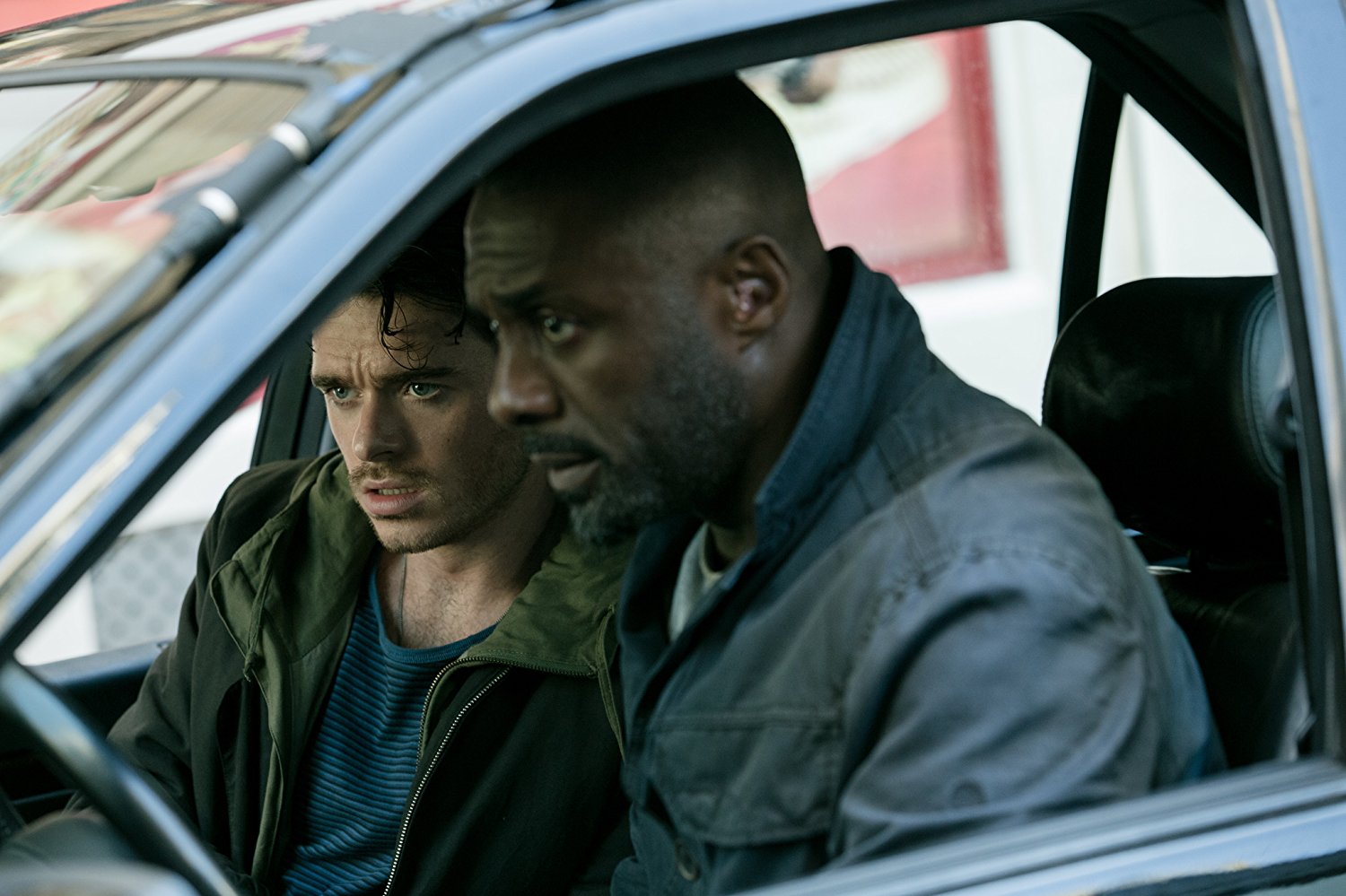
IMDb / StudioCanal
By pulling it from cinemas and distributing later than expected it allowed grief and fear to settle without discarding the project completely and you could argue that when it was released the concept of the film had never been more relevant or current. But this begs the question of who then dictates what the adequate mourning period is before it is considered 'ok' to show again what was briefly seen as insensitive? While a few months may give some people closure others may still be haunted by what they have experienced. Possibly a safer option for producers – if more inconvenient – is to rethink their plots altogether.
Spider-Man (2002) and The Bourne Identity (2002) are just two examples of motion pictures that needed to be reshot or re-scripted in light of the 9/11 attacks. Even Disney’s family-friendly Lilo and Stitch (2002), which merely showed one of its characters piloting a plane between buildings, was deemed too similar to the events on that fateful day and was postponed so that whole scene could be remodelled. This demonstrates how efficient film producers are in eradicating any resemblance at all to real life atrocities. So it comes as no surprise that Gangster Squad (2013) was forced to reshoot its pivotal scenes after the 2012 Aurora cinema shooting to which they bared an uncomfortable resemblance.
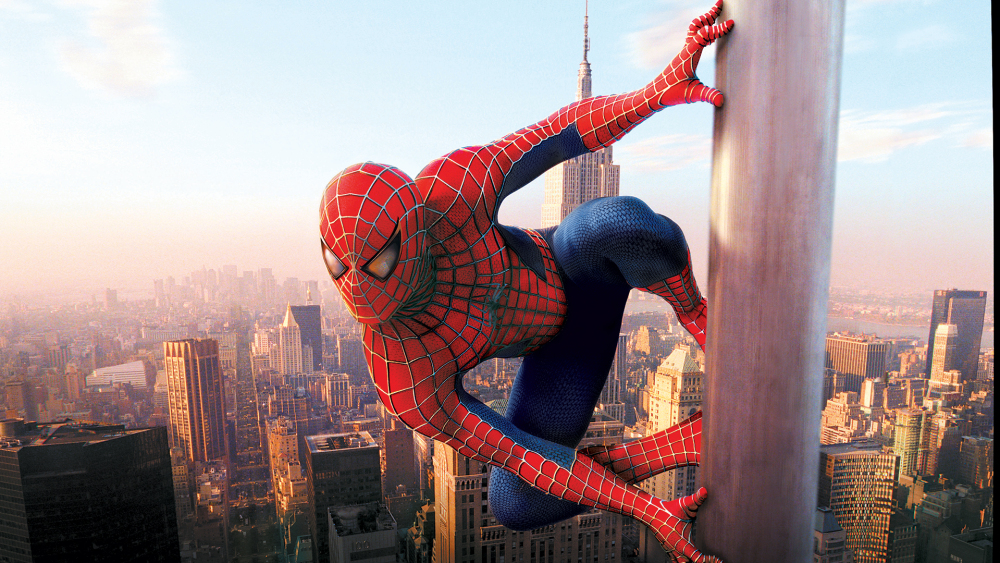
IMDb / Spider-Man / Columbia Pictures Corporation
The original scenes saw the antagonists in open fire on a movie theatre crowd with explicit visuals of devastation. The scene was featured in trailers which were pulled from theatres immediately after the Aurora incident and the entire scenario recreated. It does make us wonder whether we should or would have been ok with such a scene in the first place, had the real-life attacks not happened. In all honesty most of us would have probably been desensitized to the horror of the scene, having not experienced it so directly.
These days we expose ourselves to a worrying amount of violence under the guise of fiction which seemingly means we do not see it as unhealthy. But how is it we are so easily able to digest what in real life would be horrific just because it belongs in the wonderland of the cinema? After all, somebody sane of mind would not be entertained by the footage of a young woman’s neck snapping under the mechanisms of a garage door; yet I bet the majority of us – myself included – will be sitting down to watch Scream (1996) this Halloween.
Actor Jim Carrey recently showed recognition of this thought that perhaps we are too comfortable in the way we view violence as a society. Causing controversy, he scolded the film Kick-Ass 2 (2013), in which he played a protagonist, a month after filming, leaving his producer Mark Millar, the creator of the original comic books, ‘baffled’ as to why he withdrew his support.
I did Kickass a month b4 Sandy Hook and now in all good conscience I cannot support that level of violence. My apologies to e
— Jim Carrey (@JimCarrey) June 23, 2013
Twitter / @JimCarrey
The film, an ‘ultra-violent’ action-comedy containing multiple gun-riddled scenes, finished shooting closely before the Sandy Hook Primary School shootings, which saw a massacre of 20 children and six adults. Regarding his role, Carrey tweeted: 'now in all good conscience I cannot support that level of violence' suggesting that Hollywood’s lackadaisical depiction of murder was detrimental to preventing it in real life.
It seems that Carrey was seemingly content with the amount of violence until its application within the realms of reality, opening his eyes to what it was he was promoting. On the other hand, his director Millar argued ‘I am also horrified by real-life violence (even though I'm Scottish), but Kick-Ass 2 isn't a documentary’, implying that real-life events shouldn’t lead us to censor what is put into works of fiction.

IMDb / Universal Pictures
The trick, it seems, is to not glorify violence in a way that undermines its seriousness or suggests it is a romanticized, exciting way of life. The creation of film in the first place was to allow an expression of the world around us and so there must always be an element of verisimilitude no matter how fantastical the premise is. And there is violence in the world, that cannot be denied. As Millar pointed out, these are works of fiction and debatably if you believe their content to be emotionally harmful to you then there is no obligation to indulge in them.
It is certainly important that producers use their own judgement after real misfortune to determine whether scenes should be removed so as not to cause distress or offense, based on how similar what they are depicting is and how fresh the tragedy is. However, perhaps what can be taken from this debate is a larger issue surrounding the morality of how easily we portray violence in film and whether it should take tragedy in real life to force producers to step back and simply consider how much vehemence is necessary to convey their story and how much is needless pornography for the violence junkie.
Featured Image: IMDb / Wilson Webb / Warner Bros. Entertainment Inc.
Is it ever 'too soon' for films to feature certain types of violence?
Facebook // Epigram Film & TV // Twitter

